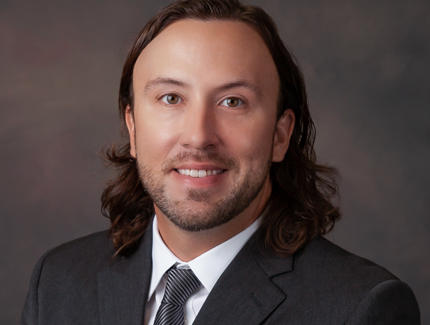Bringing innovative orthopedic technology to amputees
Committed to the advancement of patient-centered care and innovative technologies, Parkview Regional Medical Center and Orthopaedics NorthEast (ONE) have launched an osseointegration program with Integrum, the manufacturer of the OPRA™ Implant System. This program is the first of its kind in Indiana, using advanced bone-anchored prosthesis technology to transform quality of life for individuals with lower extremity amputations.
Osseointegration is two-surgery procedure that allows a prosthetic limb to connect directly to your bone. In the first surgery, a titanium fixture is implanted in your bone. Once healed, the second surgery is performed and a connection device is used to connect the titanium fixture to a prosthetic limb.




